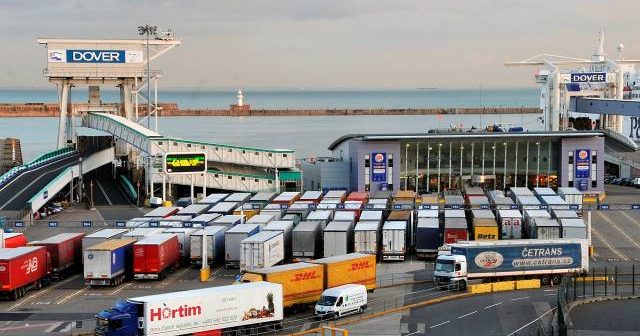Leaders in the semiconductor sector believe the industry will grow. Seventy percent of those surveyed said they anticipated higher-than-expected profitability over the next two years.
Environmental, social and governance concerns were also top of mind for the industry. Addressing ESG regulatory and investment community requirements was a strategic objective for 52% of survey respondents, and 56% of respondents in finance, compliance and board-level roles. Overall, 32% ranked ESG pressures in the top five losses to the business in the past two years, and 30% said that ESG pressures were a risk to their future success. However, only 44% said they had a formal process for managing ESG risk.
The industry also had to adapt to new ways of working and changes in demand trends in the wake of the COVID-19 pandemic. Twenty-nine percent said the pandemic highlighted the need to innovate quickly, while 26% said they increased digitalisation. Twenty-six percent said the pandemic spurred the growth of niche areas, and 24% said it highlighted the need to respond rapidly to evolving consumer demands. Very few considered the long-term effects of the pandemic as a negative for the industry, WTW said.
Half of senior leaders in the sector saw the greatest opportunities in increased production for emerging technologies. Fifty percent of respondents pointed to a refocus on production toward more high-demand semiconductors driving transformative technologies, and 44% pointed to the role of semiconductors in helping to address climate-change issues. Those in risk roles focused on increasing the production of chips in new and emerging technologies (59%).
As far as risk, internal factors seem to be linked to the biggest losses over the past two years, as well as anticipating increases in other risk areas, WTW said. The pandemic forced businesses to quickly adjust to different supply chain risks and changing demands. Internally, changing technology end-product requirements (43%), intellectual property infringement (42%), and supply chain and infrastructure (40%) were the biggest loss areas and are expected to be the biggest risk factors to success over the next three to five years, WTW said. Externally, risk is anticipated from the environment (30%) and changing consumer demand (33%). Those in security and risk roles also anticipated risk in exporting (37%). Political risks are ranked as higher concerns in Asia-Pacific (44%) than in EMEA (19%) and North America (23%).
WTW found that risk management strategies were “questionable” for some semiconductor businesses. Only 29% of survey respondents said that supply chain risk management was embedded in their strategic planning, capital allocation and other business processes. Just 24% said the same for intellectual property risks, and only 18% for environmental risks. While 76% said they had a formal process in place for business continuity, only 39% said that it was linked to the business’s KPIs.
While 46% of survey respondents said they had cover to ensure that extreme weather in the supply chain would not seriously impact the business, 51% said they had some cover but weren’t sure it was sufficient. In Asia-Pacific and the US, where extreme weather has historically impacted semiconductor manufacturers, 67% and 41%, respectively, said they were unsure if their cover was sufficient, WTW said.


















